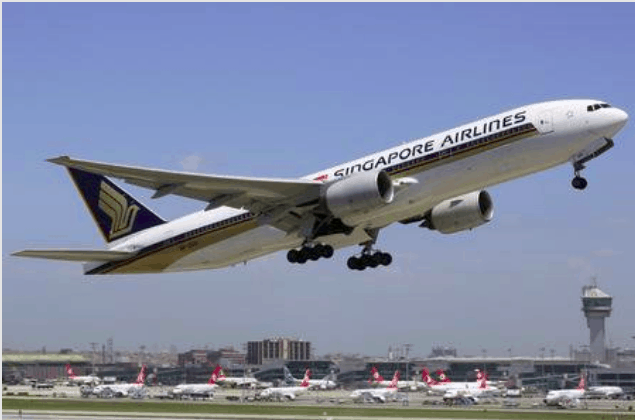When KPLC introduced the prepaid meter in 2013, they abolished the standing charges, which is the monthly fixed money postpaid customers had to pay along with the monthly bill. In this article, we will answer the question, “does KPLC charge-standing charges?”.
After abolishing the standing charges, KPLC introduced a new tariff which meant to determine the number of tokens you get as a prepaid customer.
I’ll share with you to understand other hidden charges introduced by KPLV after abolishing the KPLC charge-standing charges.
KPLC Tariffs
The first step to understanding how the KPLC bill is calculated is to understand your traffic. Below is the different KPLC traffic offered by KPLC.
- Domestic Lifeline
Domestic Lifeline traffic is meant for local consumers who consume no more than 100 units each month. This category of customers is charged Ksh 10 per kWh.
- Domestic Ordinary
Domestic Ordinary tariff pertains to customers that use more than 100 units per month but less than 15,000 units per month. This category of customers is charged a flat energy rate of Ksh 15.8 per kWh.
- Small Commercial1
This traffic is intended for small businesses that fall into this category and use between 0 and 100 units of electricity per month. This type of customer is charged Ksh 10 per kWh for electricity.
- Small commercial 2
Finally, this consumption category includes small firms with more than 101 but less than 15000 units monthly consumption. This type of customer is charged Ksh 15.6 per kWh for electricity.
KPLC surcharges
In addition to tariffs, there are other surcharges that are imposed by the government. These surcharges include;
FUEL COST CHARGE (FCC)
This is the additional cost or refunds to consumers due to fluctuations in global prices and the amount of oil utilized by power generation.
The fuel cost charge is one month late compared to the actual fuel price. KPLC collects this money and distributes it entirely to energy-producing companies, who then pay fuel suppliers.
FOREX ADJUSTMENT
The foreign exchange factor is based on the volatility of hard currencies versus the Kenya Shilling for expenditures in the power industry, such as project loan repayments.
ERC LEVY
The Energy Regulatory Commission (ERC), the energy sector’s regulatory arm, receives this levy. The price per kilowatt hour is currently set at 3 cents.
REP LEVY
This is a 5% surcharge on the cost of the power units consumed by a customer. It is given to the Rural Electrification Authority (REA) to implement rural electrification initiatives.
VAT
The Kenya Revenue Authority receives this statutory fee, which amounts to 16 percent of the entire cost (KRA).
WARMA levy
Due to the fact, electricity is produced using water, there is a levy paid to the WARMA.
All these charges and the tariff are included in the bill and also considered to determine the price of token or per unit.
For more information, visit: https://kplc.co.ke/content/item/719/electricity-bill-components
This simple and easy article Was Last Updated on by Editorial Team
Please you wish to visit this post “https://thebusinessalert.com/does-kplc-charge-standing-charges/” ocassionally for changes and updates that we will make to this article.
Check this ultimate guide: https://thebusinessalert.com/sunlearn-student-portal-login/
In the year 2022, we bring you the best of banking and money transfer experience. Just stay tuned for more articles.
Check this ultimate guide: https://thebusinessalert.com/irs-code-290/
Here is the main list of our latest guides for May 2022, check them:
- Honeywell Home RTH6580WF Wi-Fi 7-Day Programmable Thermostat
- Bereal App Download, Install Bereal App On Your Phone
- How To Unfriend Someone On Bereal, Unfollow On Bereal
- Is Bereal Down, No, But, Here Is A Fix
- How To Post on Bereal Late, Post Later On Bereal
- Bereal Screenshot, Take A Screenshot On Bereal
- How To Take A Bereal, Follow These Steps
- What Is A Bereal App, Find Out How It Works
- How Does Bereal Work, Get Full Details Below
- How To Post A Bereal, Step-By-Step Guide






